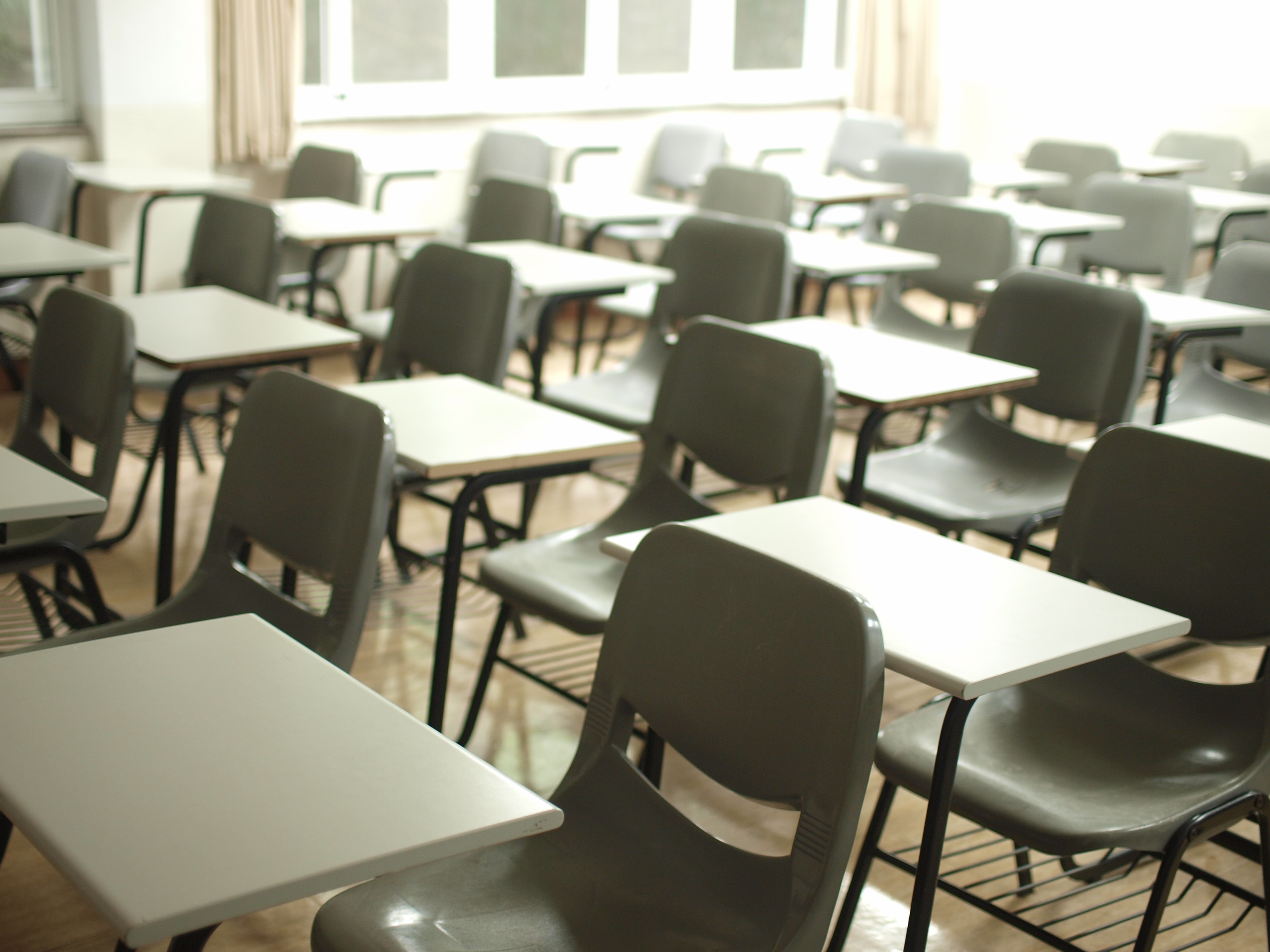
States are required to assess students in grades 3-8 in literacy and mathematics and once in high school, as well as once per grade band (3-5, 6-8, and 9-12) in science. In Maine, there are three opportunities for participation in state assessments:
- The general assessments in English Language Arts, Mathematics and Science (Maine Through Year Assessment & Maine Science)
- The general assessments in English Language Arts, Mathematics and Science with accommodations provided per the student's IEP (Maine Through Year Assessment & Maine Science)
- The alternate assessments based on alternate academic achievement standards (AA-AAAS) in English Language Arts, Mathematics and Science with or without accommodations (MSAA & MSAA Science)
The alternate assessments (MSAA & MSAA Science) are for a small group of students with the most significant cognitive disabilities. This community is often referred to as the 1% population. These are students who are learning content adapted from grade level standards, reduced in breadth, depth, and complexity. In Maine, these alternate academic achievement standards are the Core Content Connectors in ELA and Mathematics and the Extended Performance Expectations in Science.
Why is it called the 1%? Fast Facts about Alternate Assessment Participation
Students participating in alternate assessments have the same access to rigorous content as their grade level peers and have the opportunity to show what they know and can do via the state alternate assessments. In Maine, participation in the alternate assessments does not impact a student's ability to access challenging courses, obtain a regular High School Diploma, or work towards training for post-secondary education or workforce opportunities.
Alternate academic achievement standards and participation in state alternate assessments is considered one of the alternate pathways towards a high school diploma. Students learning alternate academic achievement standards, which are aligned to grade level content standards and reduced in breadth, complexity and depth for students with the most significant cognitive disabilities, have access to rigorous coursework, obtain a regular high school diploma, and can participate in training opportunities and education to prepare them for positive post-secondary outcomes. Per the Maine Legislature, Statute 20-A; A diploma may be awarded to a secondary school student who has satisfactorily completed all diploma requirements in accordance with the academic standards of the school administrative unit and this section. All secondary school students must achieve the content standards of the parameters for essential instruction and graduation requirements established pursuant to section 6209. A child with a disability, as defined in section 7001, subsection 1-B, who satisfies the local diploma requirements in the manner specified by the child's individualized education plan must be awarded a high school diploma. Career and technical students may, consistent with the approval of the commissioner and the local school board, satisfy the requirements of subsection 2 through separate or integrated study within the career and technical school curriculum, including through courses provided pursuant to section 8402 or 8451-A.

Administrators & Educators
- 2025-2026 Alternate Assessment Timeline
- MSAA (ELA & Mathematics) & MSAA Science
- Alternate ACCESS for English Language Learners (ELLs)
- K-5 Literacy CCSS & MLR Crosswalk to Core Content Connectors
- K-12 Mathematics CCSS & MLR Crosswalk to Core Content Connectors
- Alternate Academic Achievement Standards Webinar - PowerPoint Slides for Webinar
- Maine's Alternate Academic Achievement Standards
- Core Content Connectors in ELA/Literacy
- Core Content Connectors in Math
- Extended Performance Expectations in Science
